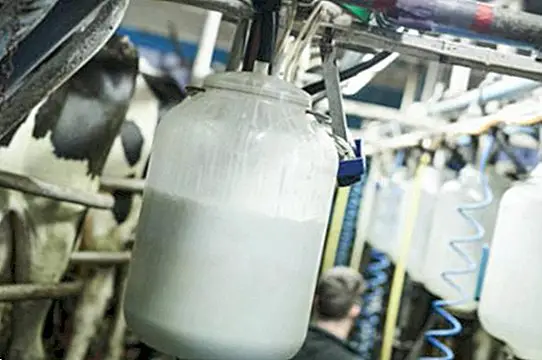Vitamin B6 or Pyridoxine
 The vitamin B6 (also known by the name of Pyridoxine), is a water-soluble vitamin found in food through three forms, which have an identical activity: pyridoxamine, pyridoxal and pyridoxine.
The vitamin B6 (also known by the name of Pyridoxine), is a water-soluble vitamin found in food through three forms, which have an identical activity: pyridoxamine, pyridoxal and pyridoxine.
like the vitamin B3, this vitamin is essential for the correct functioning of the organism, since it participates directly in the action of numerous enzymes that intervene in the metabolism of amino acids and proteins.
Although the body is able to make a little vitamin B6, under the influence of intestinal bacteria, it is best to opt for foods richer in this vitamin.
Recommended contributions in vitamin B6
| Recommended contributions per day | |
| Babies <6 months | 0.6 mg. |
| Children from 6 to 12 months | 0.6 mg. |
| Children from 1 to 3 years old | 0.8 mg. |
| Children from 4 to 9 years old | 1.4 mg. |
| Children from 10 to 12 years old | 1.6 mg. |
| Teen girls | 2 mg. |
| Teenage boys | 2.2 mg. |
| Adult woman | 2 mg. |
| Adult man | 2.2 mg. |
| Nursing mother | 2.5 mg. |
| Woman with child | 2.5 mg. |
Foods rich in vitamin B6 or pyridoxine
| Food | Quantity (mg. Per 100 g.) |
| Dry beer yeast | 5 – 10 |
| Bakery yeast) | 4 – 8 |
| Wheat germ | 1 – 5 |
| Liver | 1,2 |
| Avocado | 0,6 |
| Wholemeal bread) | 0,5 |
| Vegetables | 0,5 |
| Integral rice) | 0,2 – 0,6 |
| Fish | 0,2 – 0,5 |
| Kidneys | 0,4 |
| Bananas | 0,35 |
| Ham | 0,34 |



